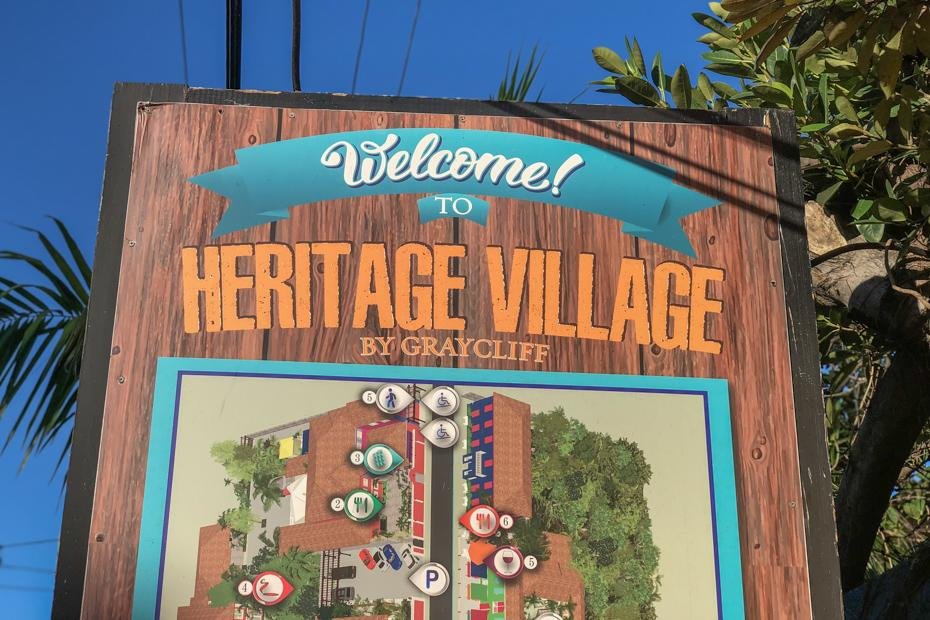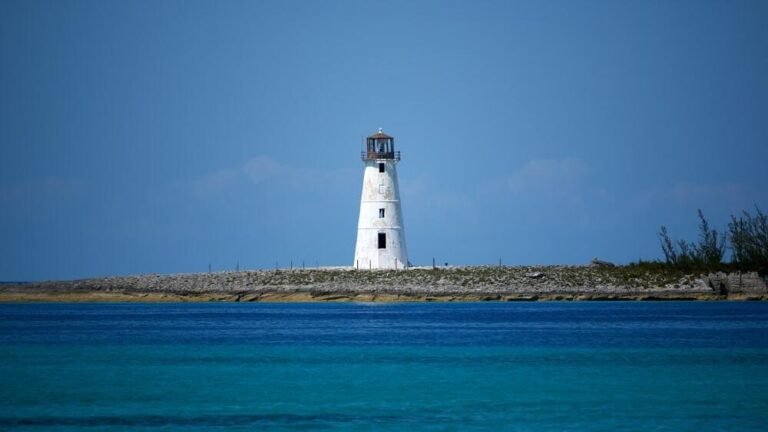The Bahamas, renowned for it’s stunning beaches and vibrant culture, also houses a treasure trove of historical places that reveal the rich legacy of its past. From the early days of indigenous Taino communities to the colonial era and the path to independence,the islands are steeped in stories that continue to resonate with locals and visitors alike. Each historical site, from the forts that stood guard against invaders to the charming colonial architecture of Nassau, offers a glimpse into the diverse influences that have shaped Bahamian identity over centuries. In exploring these landmarks, we can not only appreciate the beauty of the islands but also connect with the resilience and creativity of its people. This article invites you to embark on a journey through time, as we uncover the historical places in the Bahamas and celebrate the legacy they hold. Join us in discovering how these sites preserve the memories of struggles and triumphs, and inspire future generations to cherish and protect their cultural heritage.
Exploring the Heritage of Nassau Through Its Iconic Landmarks
The vibrant streets of Nassau reveal a tapestry of history woven through its most captivating landmarks. Each site tells a story of resilience,cultural fusion,and colonial legacies that have shaped the Bahamian identity. Explore the Queen’s Staircase,a breathtaking landmark carved out of limestone by enslaved Africans,named in honor of Queen Victoria. This staircase, with its 66 steps, symbolizes both struggle and perseverance, leading to the lush grounds of Fort Fincastle, where visitors can marvel at panoramic views of the harbor. just a stone’s throw away, the Pirates museum brings the thrilling tales of Nassau’s pirate-filled past to life.History buffs will revel in the intriguing exhibits featuring artifacts and stories of legendary figures like Blackbeard. Another gem is the Graycliff Hotel, originally a loyalist mansion, which is now famous for its gourmet dining and chocolate factory. It offers a glimpse into the opulence of the past while providing an intimate setting for gastronomic adventures. Moreover, the National Art Gallery of The Bahamas showcases local talent and Caribbean art, reminding visitors of the island’s vibrant culture and creative history. It’s worth noting that nassau’s architecture itself tells a story, with colorful colonial buildings reflecting the rich heritage influenced by British, African, and Caribbean cultures.To navigate these historical treasures, consider joining a guided walking tour, allowing for deeper connections with Nassau’s past. here’s a fast table highlighting some must-visit landmarks:
| Landmark | Meaning | Location |
|---|---|---|
| Queen’s Staircase | Symbol of resilience | Downtown Nassau |
| Pirates Museum | Showcases pirate history | East Bay Street |
| Graycliff Hotel | Historical mansion, gourmet dining | Cumberland Street |
| National Art Gallery | Local Caribbean art | west Hill Street |
By exploring these remarkable sites, travelers can uncover layers of Nassau’s heritage, resonating with the heart and spirit of the Bahamas. As you wander through these historical places, you will not only witness their grandeur but also feel the echoes of the past that have shaped this beautiful destination today.
Unearthing the Stories of the Out Islands and Their Cultural Significance
Each out island of the Bahamas serves as a testament to the rich tapestry of its history,embodying a fusion of cultures that dates back centuries. The diverse heritage of the Out Islands is etched into the very landscape, revealing narratives rooted in indigenous communities, European colonization, and the enduring African influence. As an example, the intricate craftsmanship of basket weaving in Andros tells the story of the island’s connection to both its Taíno roots and African ancestry. Similarly, the historic forts dotted across the islands, such as Fort fincastle in Nassau, provide insight into the colonial strategies employed during tumultuous times. This blend of influences contributes to a unique cultural identity that can be experienced through various local traditions, including music, dance, and culinary practices. The islands celebrate their heritage through vibrant festivals and events, showcasing:
- junkanoo – a lively parade with music and elaborate costumes, reflecting African traditions.
- Cuisine - dishes like cracked conch and pigeon peas that reveal the islands’ agricultural heritage.
- Artistry – local artisans draw from historical motifs, revitalizing stories through modern interpretations.
Moreover, the architecture in the Out Islands stands as a silent yet powerful narrative. Colonial structures juxtaposed with colorful clapboard houses create a visual portrayal of the layers that make up Bahamian society.The preservation of these sites speaks volumes of the community’s commitment to honoring their past, with vibrant efforts to maintain historical landmarks that attract visitors keen on discovering their legacy. It is in these narratives that Gezify finds its purpose—linking travelers with authentic experiences that foster a deeper understanding of the islands’ cultural significance. As you traverse these out islands, each step unveils another piece of the rich historical mosaic that breathes life into the Bahamas, making it a destination that resonates with both its past and present.
the historical places in the Bahamas offer a profound glimpse into the islands’ rich legacy,weaving together tales of resilience,culture,and heritage. From the charming streets of Nassau to the solemn sites of colonial past, each location invites visitors to connect with the stories that shaped this vibrant nation. As you embark on your journey through these historical treasures, may you find not only beauty in their architecture but also a deeper appreciation for the diverse narratives that continue to resonate within the hearts of the Bahamian people.
